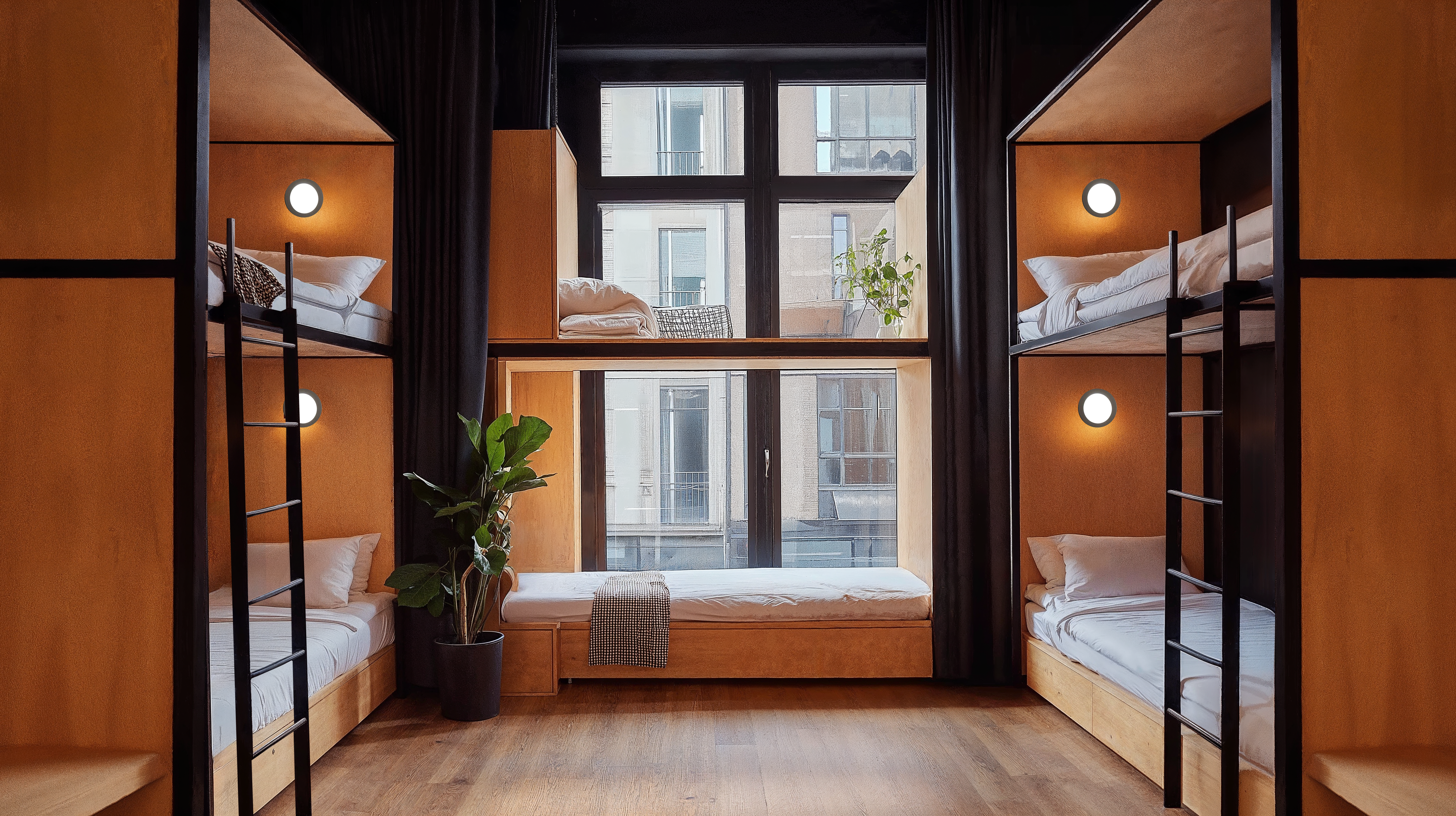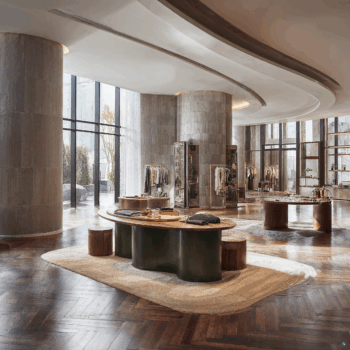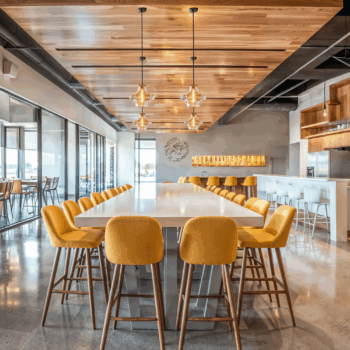
Dormitories are no longer one-size-fits-all spaces. As student needs evolve, so does dormitory design—shifting from utilitarian layouts to thoughtfully crafted environments that prioritize comfort, functionality, and community engagement. Today’s student housing blends durable materials, flexible furniture, and personal touches to support a holistic residential experience that extends far beyond the bed and desk.
At the core of this evolution is flexibility. Modular furnishings—like moveable desks, stackable storage, and reconfigurable seating—give students more control over their space, promoting independence and personalization. Shared living suites are designed to support both privacy and interaction, with layouts that incorporate semi-private sleeping zones, communal kitchenettes, and soft seating areas for downtime or group study.
Durability and maintenance remain key, especially in high-traffic residence halls. Resilient flooring such as LVT, rubber, or carpet tile, paired with easy-to-clean wall panels and stain-resistant textiles, ensures these spaces can withstand daily use without sacrificing comfort. Neutral palettes, natural textures, and warm lighting help soften the institutional feel, while strategic use of color adds vibrancy and energy to social zones like lounges and lobbies.
Textiles play a vital role in enhancing both comfort and functionality. Upholstered furniture, layered bedding, and acoustic drapery help absorb sound and add warmth, while privacy curtains, blackout shades, or blinds give students the ability to control light and create a sense of personal space. These subtle details help transform dorm rooms into comfortable retreats that support rest and relaxation.
Wellness also plays an increasingly important role in dormitory design. From acoustic treatments that reduce noise to built-in study alcoves, access to natural light, and biophilic materials, these features contribute to mental clarity, rest, and academic focus. Designing for inclusion—through ADA-accessible layouts, sensory-friendly materials, and gender-inclusive facilities—further supports the diversity of today’s student population.
Modern dormitory design supports the whole student experience. With the right mix of materials, layout, and design intention, student housing becomes more than a place to stay—it becomes a home base for learning, social connection, and personal growth.
Looking for more educational design inspiration? Check out our article on Multipurpose Performance Spaces in Schools.







